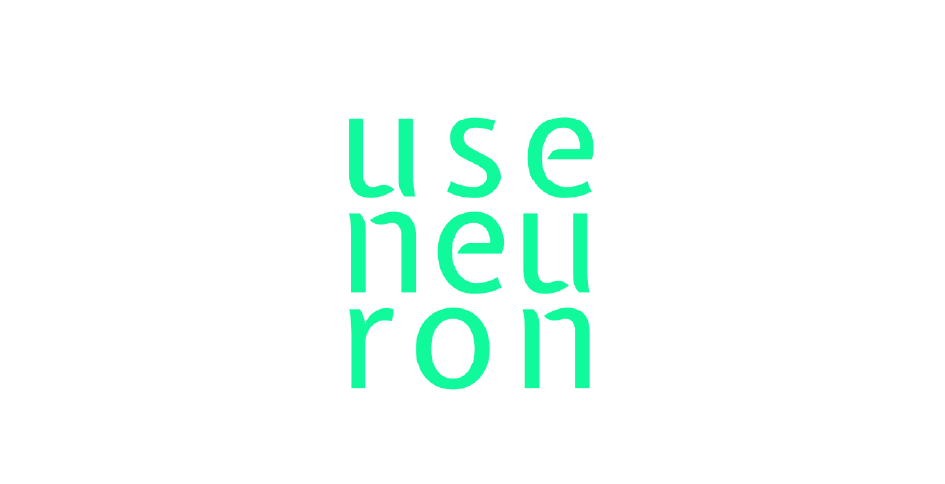UseNeuron | The commercial founder’s guide to distribution-first experimentation

Distribution isn’t a postscript – it’s the main event. Commercial founders who systematically test distribution channels before scaling product efforts unlock unfair advantages.
We’re excited to introduce UseNeuron, Geovation Scotland‘s newest Enterprise-in-Residence. Founded in 2024 by Shiv Kodam and Mo Zamzam, this innovative startup has experienced remarkable growth, expanding to a team of eight employees and securing a space at the Geovation Scotland offices within its first year.
The co-founders bring a wealth of expertise in distribution-first experimentation, backed by their extensive experience in sales, business consulting, and product development. Their journey began with a serendipitous meeting at a Techscaler event in Edinburgh, which sparked the vision for UseNeuron.
At its core, UseNeuron addresses a critical challenge facing modern organisations: the complexity of workflows that demand constant human decision-making and oversight. These manual interventions often create bottlenecks and inconsistencies in business operations. UseNeuron is building an innovative agentic platform designed to automate and orchestrate back-office tasks, streamlining business processes for greater efficiency.
With an initial focus on the property and real estate markets, UseNeuron’s residency at Geovation Scotland presents a strategic opportunity to collaborate with fellow innovators in the sector. This partnership enables them to refine their technology while contributing to the vibrant community of property technology pioneers.
Stay tuned as we delve into Shiv and Mo’s step-by-step guide to distribution-first experimentation, where they’ll share valuable insights and practical advice for startups looking to implement this powerful methodology.
The Distribution Experiment Cycle
UseNeuron’s 4-step process to find scalable paths to market.
1. Discovery Loop: Map the Battlefield
“We started by figuring out where our customers already gathered”
Start here:
- List all potential channels (e.g., Small and Medium Businesses (SMB) communities on Slack, niche Subreddits, LinkedIn groups, industry events, and app marketplaces).
- Rank by Effort vs. Impact (e.g., “Cold outreach = high effort/low impact; Partner integrations = medium effort/high impact”).
Hypothesis template:
- “We believe [specific customer segment] in [channel] will care about [problem] because [evidence].”
- Our learnings: “We believe SMBs in sub Reddits will pay for operational efficiency tooling because there are 10 posts a day on this topic for the past year.”
2. Testing Loop: Minimum Viable Traction
“Run 2-week sprints, not marathons.”
Design lean tests:
- Cold outreach: Our Tests: “100 cold calls to SMBs in the vertical we were interested in learning”
- Partnerships: Our Tests: “Establish a partnership with organisations that already sell to SMBs or are looking to sell to SMBs”
Track:
- Response rate → Demo bookings → Paid conversions
- Cost per lead and time to close
3. Validation Loop: Separate Signal from Noise
“Does this channel have legs?”
Our quantitative signals are that Customer Acquisition Cost (CAC) is less than Lifetime Value (LTV), even at small scale, 30% demo-to-paid conversion and less than 24-hour response time to outreach.
Qualitative signals, we look for:
- “how soon can I use this?”
- “send me the stripe link”
- “can you come to our office and demo to my exec team?”
As opposed to:
- “Oh that’s interesting”
- “If it also did X, I would totally buy it”
- “I think you should speak to Y, they would love it”.
Partners ask:
- “Can you come and demo this to our biggest client?”
- “How can I roll this out to all of our existing customers?”
4. Iteration Loop: Test Fast, Double Down Faster
“No channel survives first contact with customers.”
Test criteria:
- Less than 5% response rate after 2 weeks
- Multi-week sales cycle
- “Maybe next quarter”, “After our annual strategy session” feedback
Scale criteria:
- Organic referrals from early users: “Customers who put their reputation on the line to refer us to their peers are invaluable”
- Repeatable playbook (“2nd order referrals”)
Mindset Shifts for Distribution-First Founders
Product follows distribution
Our learnings: We productised our service offerings when more customers started to seek the same outcomes.
Speed = survival
Our rule: If an experiment takes more than 3 days to set up, simplify it.
Metrics that matter, Ignore “vanity” traction. Track:
- Cost to Acquire a Customer (CAC)
- Time to First Value (TTFV)
- % of Organic Referrals
Building Distribution DNA: Tactics That Work
Document playbooks religiously
Our learnings: our “partnership strategy” resulted in more than more than 80% of our customer learnings within 2 months.
Pre-build relationships
Our learnings: we engaged in “industry specific in-person events” for months to build credibility before pitching our services – resulting in 100s of warm leads.
Repurpose content across channels
Our learnings: A presentation about AI Agents became a partnership co-sponsored content, podcast episode and LinkedIn carousel.
Key learnings
Distribution isn’t a “growth hack”—it’s a muscle. At UseNeuron, we’ve run 10+ experiments in 6 months, tested 90% of them, and found 1 promising channel.
Our result: “80% of first revenue now comes from this channel”.
If you are inspired and would like to run a similar process at your organisation or are interested in learning more about the solution UseNeuron is developing, drop them a note on Linkedin or email UseNeuron’s founders.